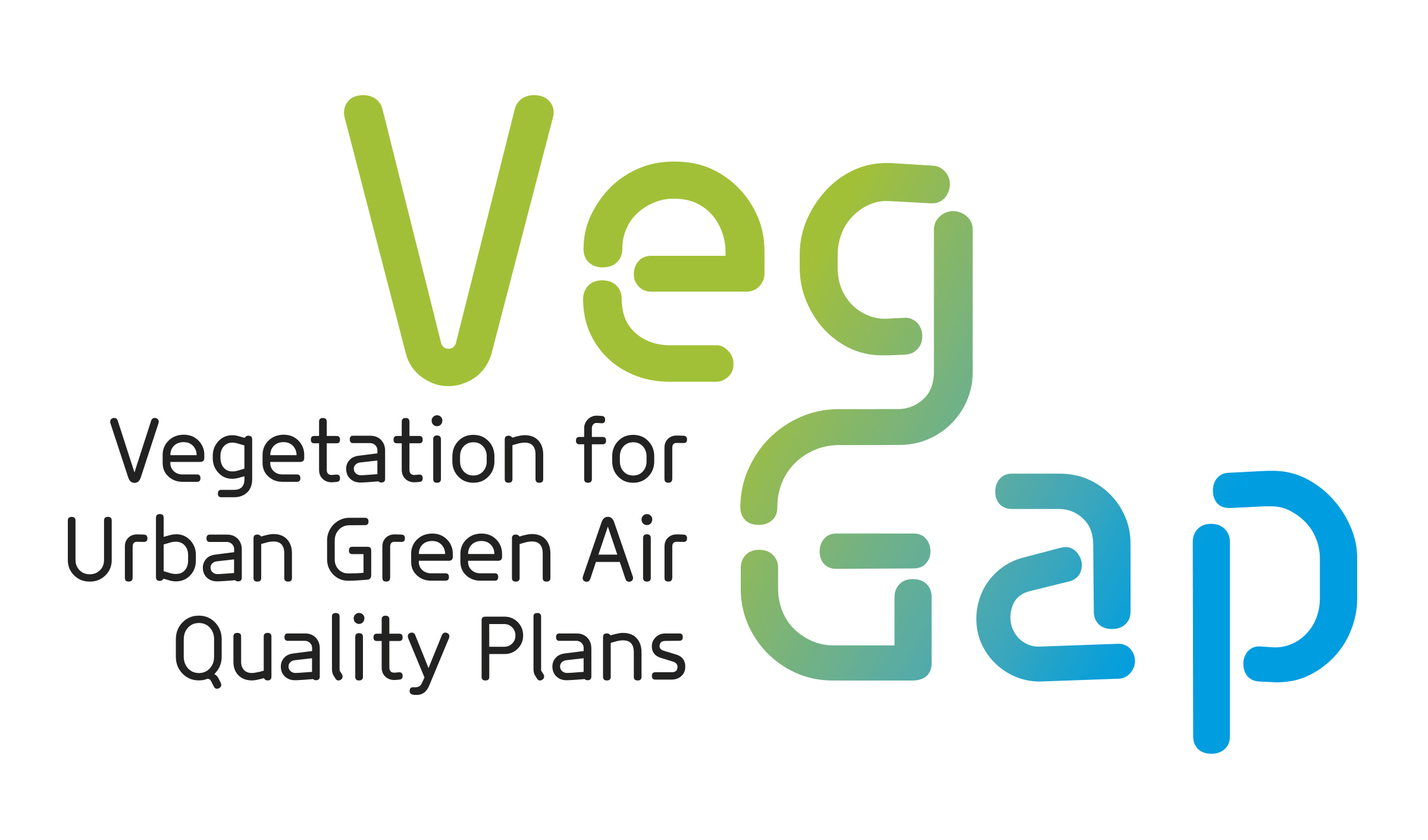Providing reliable data and information on the effects of vegetation on
air quality and temperatures in the city. This is the aim of the European LIFE
VEG-GAP project, coordinated by ENEA, which for the first time will make
available to public administrations guidelines and information platforms, able
to provide data on the efficiency of vegetation in mitigating atmospheric
pollution together with temperature.
Participants in the project include the Municipality of Milan, the
Metropolitan City of Bologna and the Municipality of Madrid. These are the
pilot cities chosen for the first actions: carrying out surveys on the current
state of green areas and air quality, with an integrated approach that will
take into account transport, the formation of pollutants in the atmosphere and
the presence of buildings.
In particular, the project aims to investigate whether urban greenery can
pose health risks in certain weather conditions, as vegetation has the capacity
to cool and filter the air, but also to emit volatile organic compounds (VOCs)
that contribute to the formation of certain pollutants, such as ozone (O3) and
atmospheric particulate matter (PM10).


